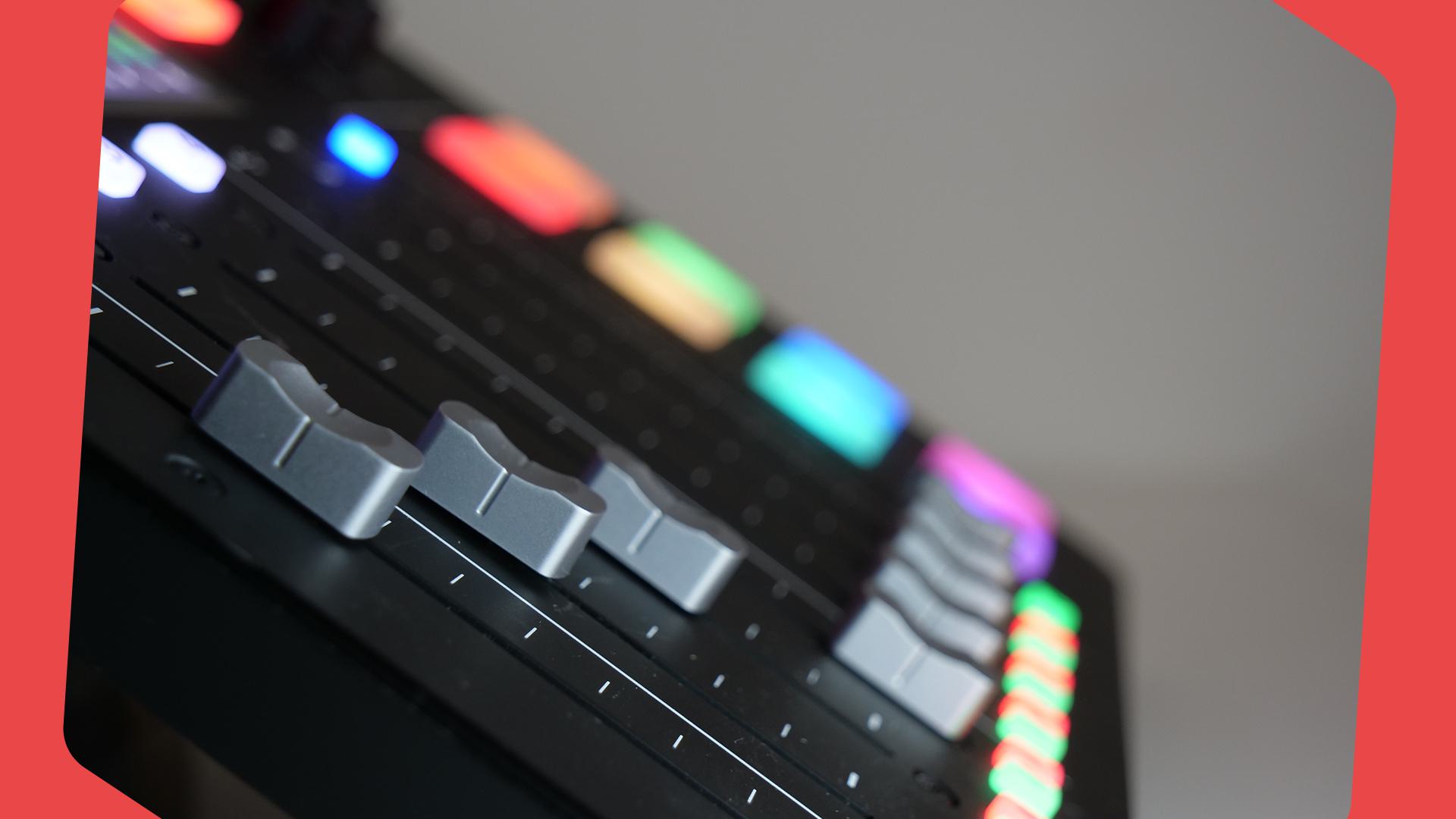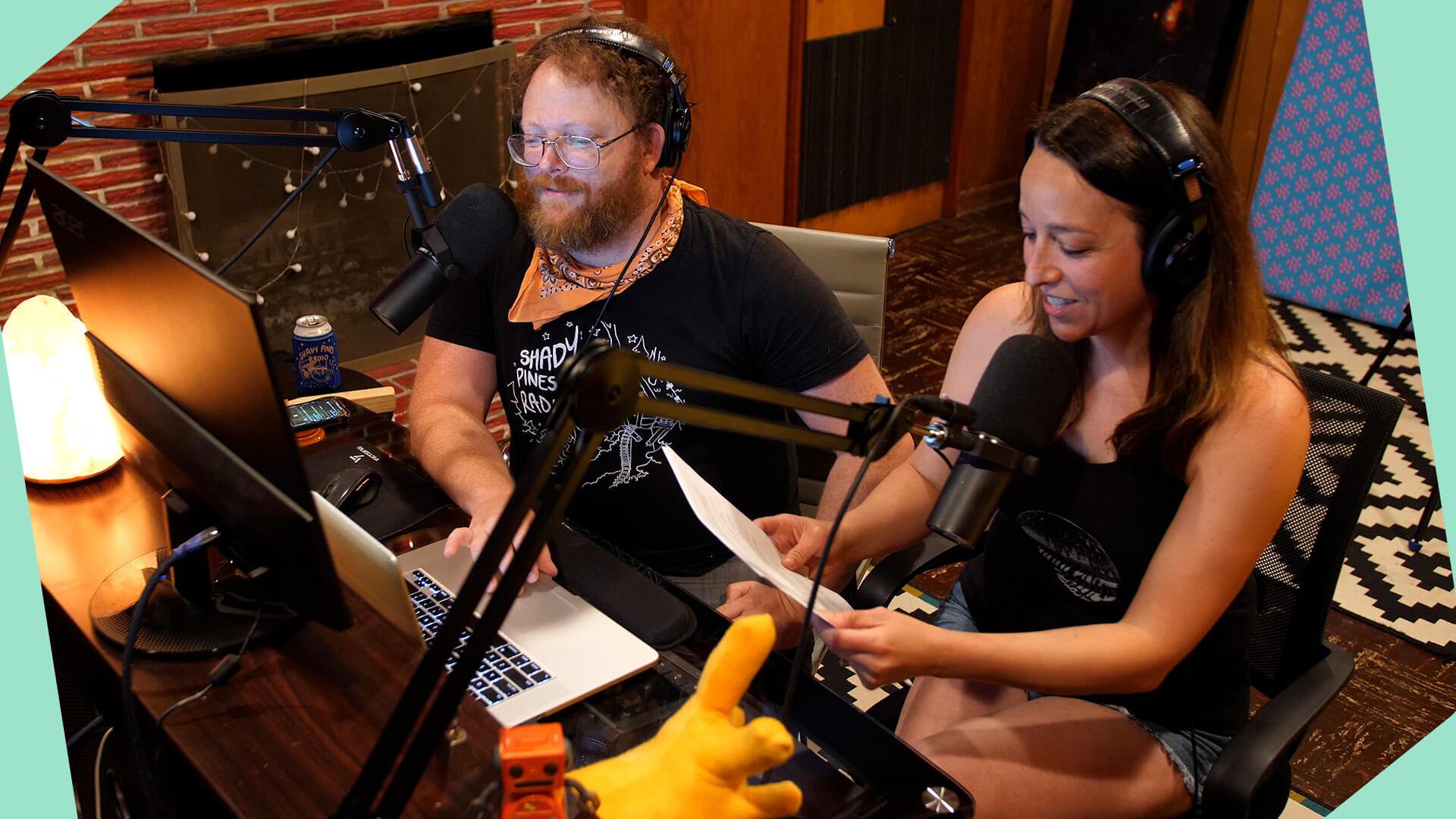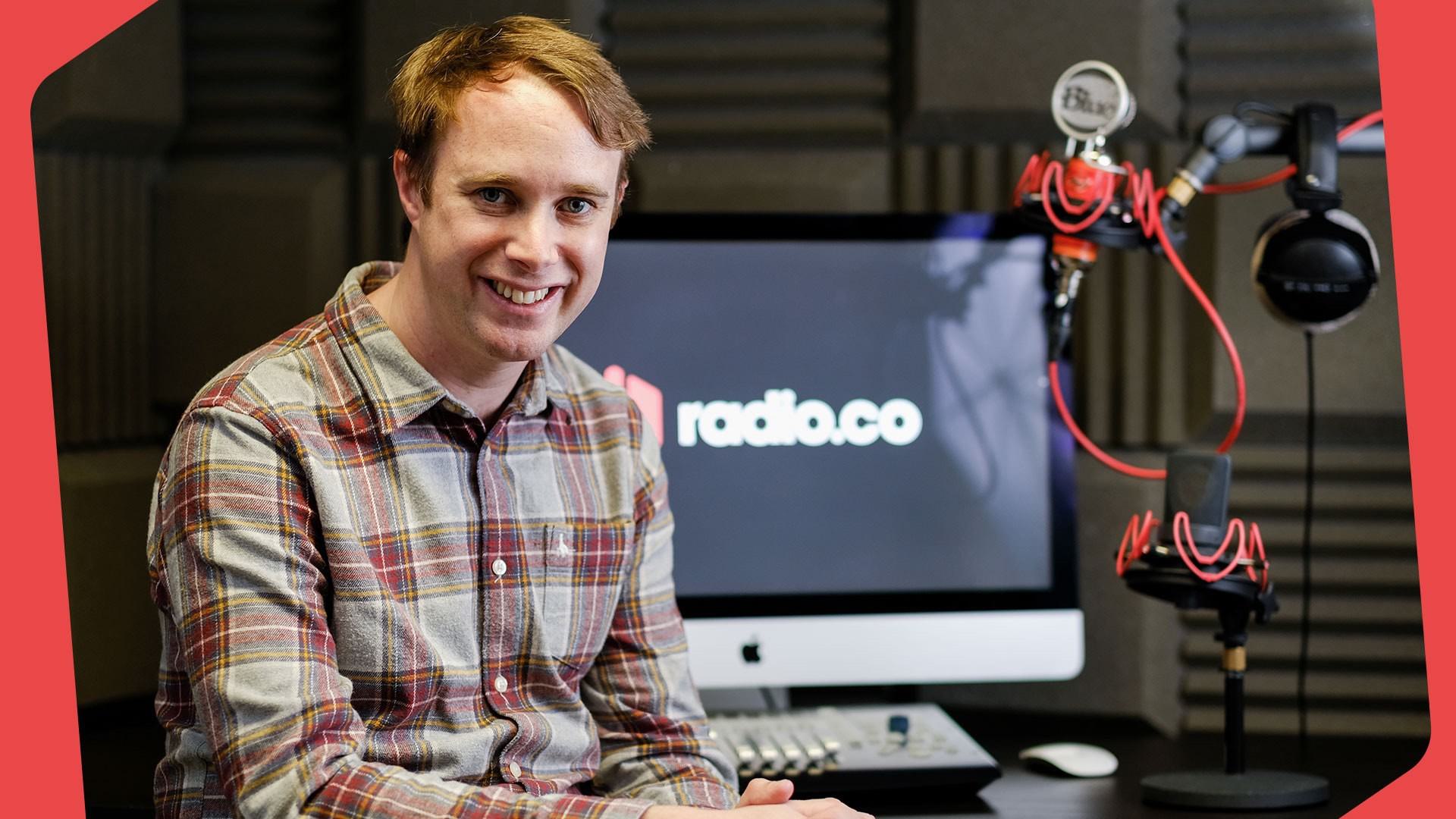Need advice? Let's talk 📞
Get straightforward guidance from your broadcasting partner. Schedule a demo to chat with the team about your radio station.
Book Demo2 Years On: What Has Radio Learned From COVID?
How we broadcast and consume radio changed during lockdown. Whether that’s for better or worse is up for debate.
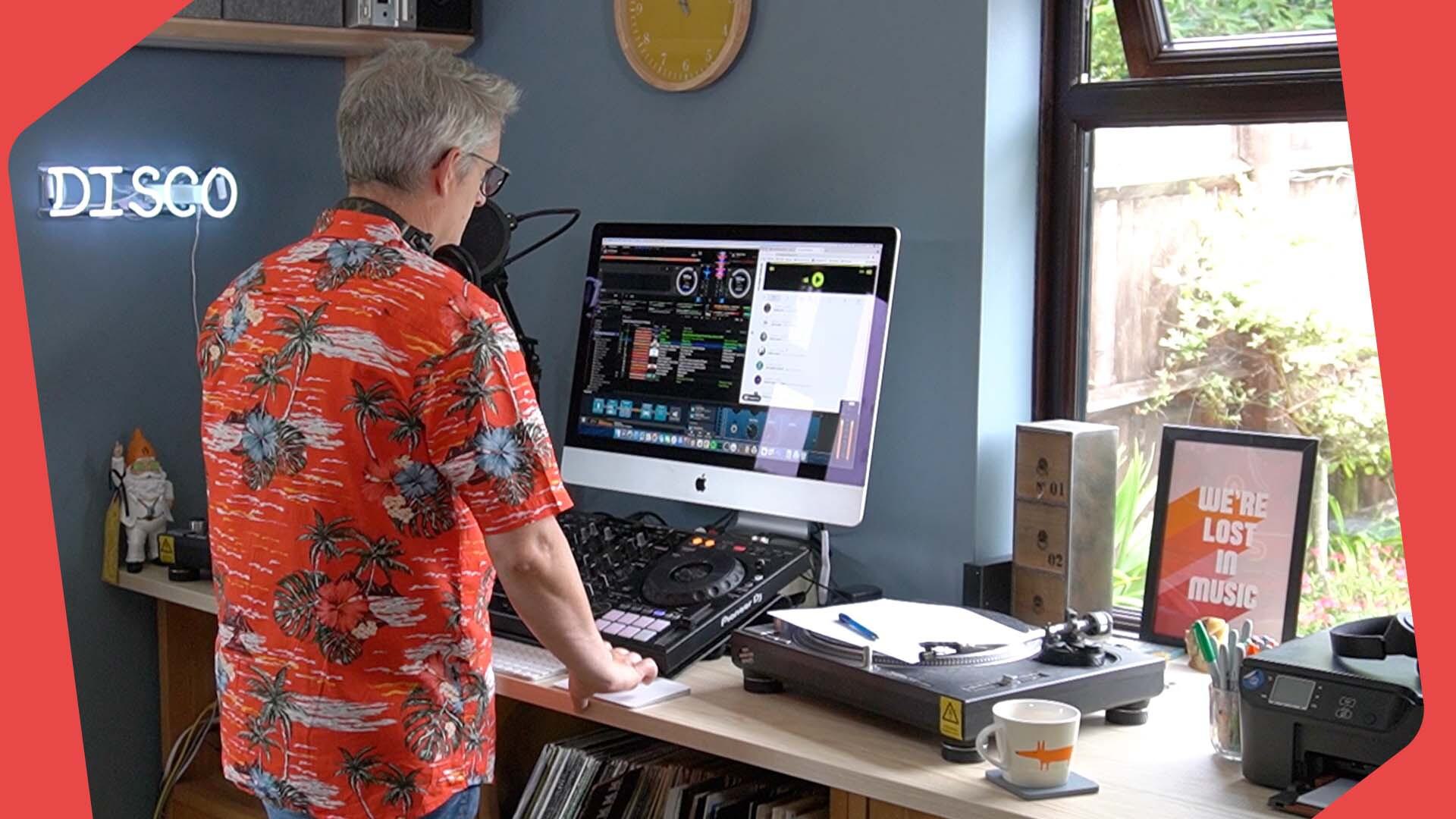
It’s been nearly 2 years since world leaders like Boris Johnson delivered surreal announcements. You know the one. Those that created a state of uncertainty, nerves, and worry:
You must stay at home.
The weeks following March 23rd 2020 saw the radio industry quickly change from the hustle and bustle of slickly designed media buildings to makeshift studios in cupboards, garden sheds, and even underneath bed covers.
But what knowledge have we gained about our industry over the last 2 years? You be the judge.
Content is King
Outstanding equipment makes presenters, producers, and journalists feel they’re delivering a better product to listeners.
But studies have shown that it’s the quality of the content within programmes (information, presentation, features, etc) that’s more important to audiences than the actual quality of audio.
Whether you’re listening in the car, online, mobile, or a smart speaker, the actual sound of your station may differ anyway. But what remains is the information you pass across.
A high level of presenting always cuts through.
You may be delivering your ‘personality’ link in a garage with your mic balanced on a dictionary, but that doesn’t mean you’re a bad storyteller. If anything, it makes you better.
Maybe a question for another day, but do we need a ‘main studio’ at all these days? Even Twitter has stated that their employers have been given the option to work from home forever if their job role allows.
People Are Adaptable
Whether we liked it or not, we were forced to adapt. Like the rest of the country, we were made to step outside our comfort zone, and within weeks changed how a radio station operates.
Nobody expected it, which means nobody was ready to deal with online meetings, Zoom interviews, re-building studios at home, and trying to create soundproofing with pillows, clothes in the wardrobe or off-the-cuff online purchases.
But we did it, and I think we’re much better off. Take Shady Pines Radio, a new station during the middle of COVID that created a make-shift studio space at home from scratch - pillows on the ceiling included.
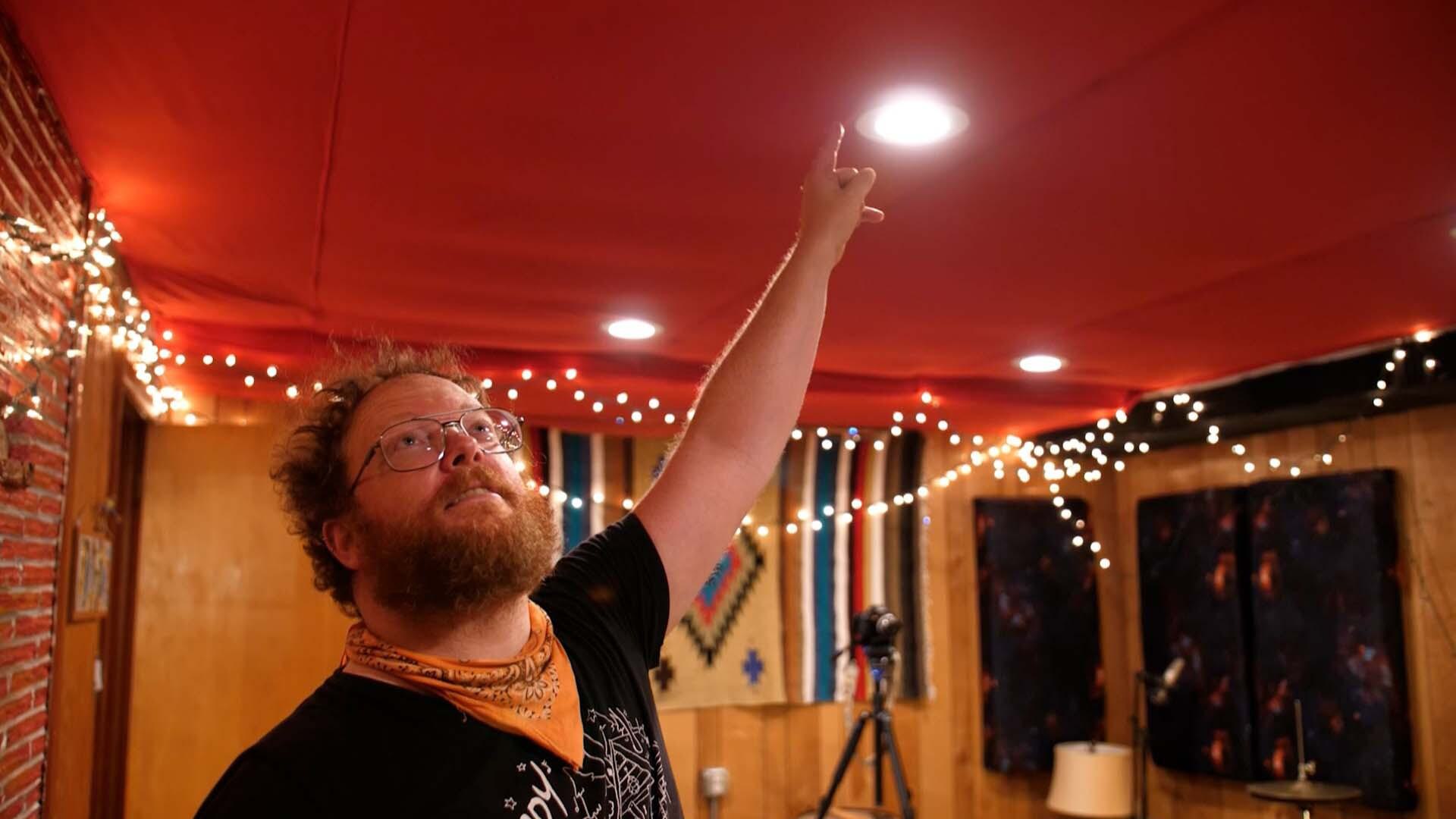
Most people working in radio/audio now have (whether they wanted it or not) some form of recording space at home. Some better than others, but they all do the same job.
Voice Tracking is Not the Devil
Nothing beats human connection. And live radio has that in spades with back and forths with listeners. But voice tracking has been a lifeline for local radio stations who simply haven’t got the resources to broadcast every show live remotely.
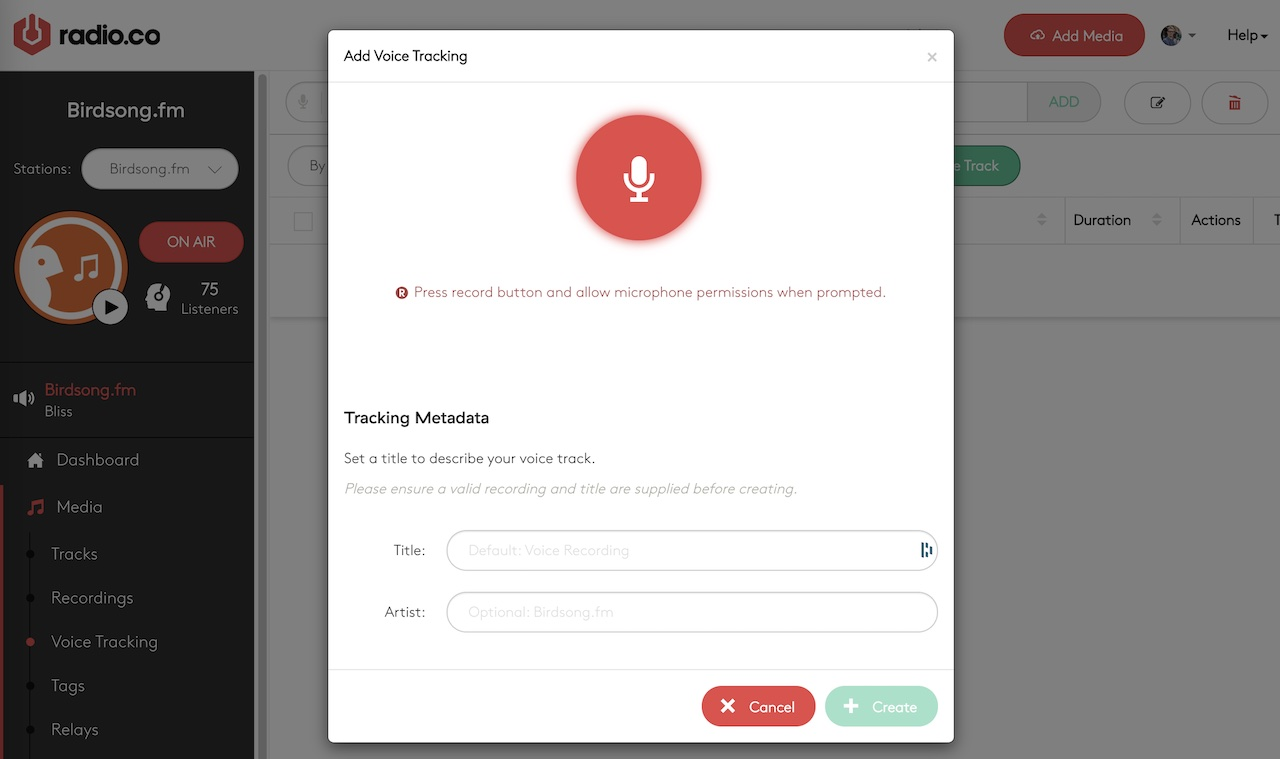
Interviewing, social media, scheduling, and marketing take time. So recording beforehand frees you up to do more tasks within the larger day-to-day of a running a radio station.
And during the holidays when people aren’t around, like Christmas and New Years, stations rely on tools like voice tracking. Although automation defeats the purpose of radio, using it sparingly helps keep the ball rolling.
Be Where Your Audience Is
Remember that first lockdown? TikTok was taking over and Zoom meetings started to become the workplace norm.
Social media got picked up, big time. Every family member started posting and engaging more to stay connected with friends and loved ones.
In 2020, Facebook’s daily active users grew 11%. That’s around 1.84 billion people a day.
So wherever your listeners are, you should be there too. And you don’t have to be a social media guru to create engaging content.
- What’s the hot topic now?
- How does that relate to your audience?
- How does it relate to your location?
In the UK, there’s local radio day. An event stations take part in to promote and mingle with the local community.
News is Vital
Thanks to COVID, news has seeped into our lives on a daily basis.
Gone were the days of sitting with the family watching a film in the cinema. Instead, we were crowded around the TV glued to press conferences and live government updates. And for UK dwellers, the term ‘next slide please’ has been forever imprinted into all our minds.
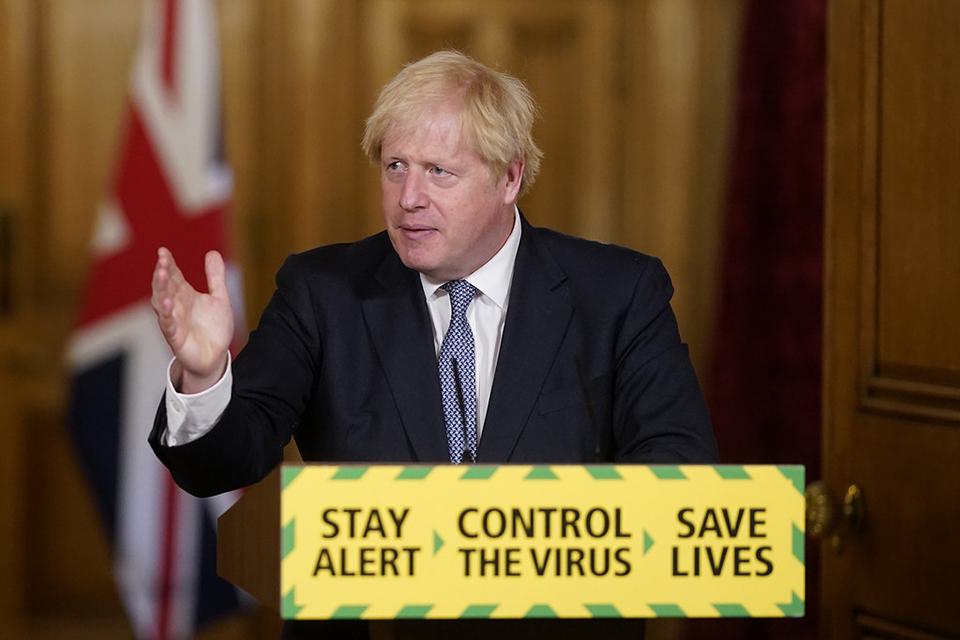
During this time, the general public has seen how important high-quality journalism and broadcasting is. A global pandemic proved highly skilled professionals are vital to hold people to account and inform the nation of announcements that will directly impact lives.
Even young people are now interacting with news a lot more. With 89% preferring online news stories over traditional media, proving there’s an appetite for knowledge and debate, no matter the medium.
Conclusion
COVID changed radio. Some say for the better, some for the worse.
But one thing rings true, radio became a lifeline for people to stay connected and informed. Like a close friend keeping you company at home or a colleague getting you up-to-speed at work, radio is always there.
Even though how we broadcast and consume content has changed, the medium still holds the test of time, teaching us local communities need a voice.

